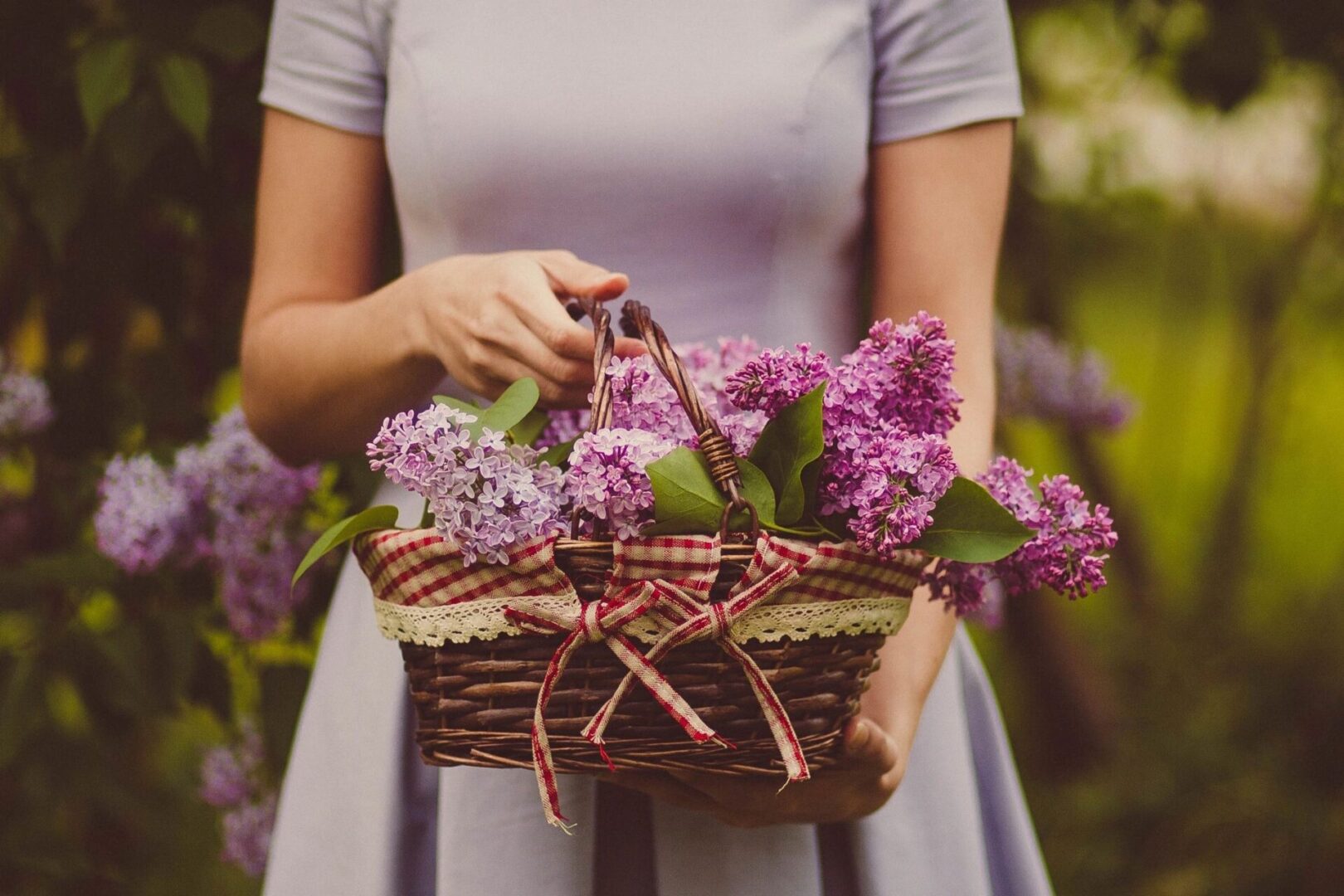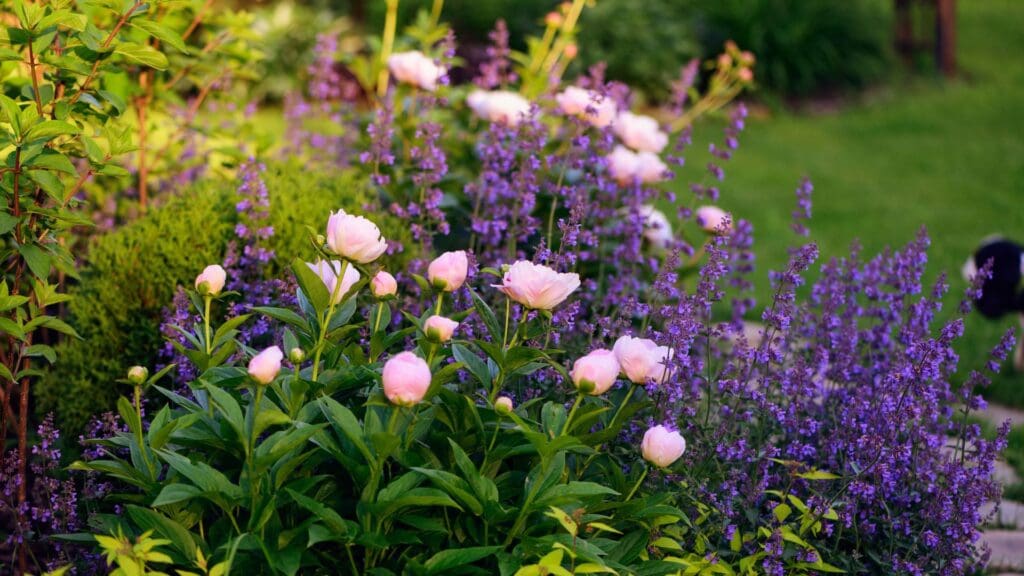
Season Long Blooms
Designing the Perfect Perennial Flower Garden: Year-Round Blooms & Growing Conditions
Creating a perennial flower garden can be a rewarding project that brings beauty and vibrant colors to your outdoor space. With the right planning, you can enjoy a garden filled with blooms throughout the year. This guide offers practical tips for selecting plants, understanding growing conditions, and maintaining your garden for long-lasting success.
The Allure of Perennial Gardens
Perennial gardens are known for their stunning beauty. Unlike annuals, which need to be replanted each year, perennials come back season after season. This not only saves time and effort but also provides a stable foundation for your landscape.
Long-Term Beauty and Low Maintenance
Perennials can provide a rich tapestry of colors and textures. Once established, they require less maintenance than annuals. You can create a lush garden space without spending all your time planting anew every spring.
Planning for Success: A Step-by-Step Guide
- Research your location: Understand your hardiness zone.
- Choose various plants: Opt for those with different blooming times.
- Design for visual interest: Incorporate diverse heights and textures.
- Utilize native plants: They often thrive better in local conditions.
Selecting the Right Plants for Your Perennial Garden
Understanding Hardiness Zones and Microclimates
Knowing your hardiness zone helps you select plants that will thrive. You can find this information through the USDA Plant Hardiness Zone Map. It’s essential to consider:
- Sun exposure: Assess how much light your garden receives.
- Soil type: Test for soil quality and composition.
- Moisture levels: Determine how much water your plants will need.
Choosing Plants with Varied Bloom Times for Continuous Color
To ensure blooms throughout the year, select plants that flower at different times:
- Early Season Bloomers: These include Crocus and Snowdrop.
- Mid-Season Favorites: Consider Echinacea and Daylilies.
- Late-Season Showstoppers: Plants like Asters and Sedum keep the colors alive into fall.
Creating a succession of blooms keeps your garden vibrant from spring through late autumn.

Designing for Year-Round Interest
Incorporating Evergreens and Ornamental Grasses
Incorporating evergreens, such as Boxwood or Juniper, provides structure even in winter. Ornamental grasses, like Miscanthus and Calamagrostis, add height and movement. These plants continue to look good when your perennials are dormant, creating a beautiful backdrop.
Strategic Planting for Seasonal Variety
- Mixing heights: Combine tall plants with shorter ones for depth.
- Textures matter: Use plants with varied leaf shapes for visual interest.
- Bulbs and Annuals: Fill gaps with hardy bulbs and annuals to maintain color.
Optimizing Growing Conditions for Your Perennials
Soil Preparation: The Foundation of a Thriving Garden
Start with healthy soil:
- Soil testing: Check pH and nutrient levels.
- Amendments: Add compost or organic matter based on tests.
- Drainage: Ensure your soil drains well to prevent waterlogging.
Watering and Fertilizing Strategies
Efficient watering can help conserve resources:
- Drip irrigation: This method delivers water directly to roots.
- Fertilizer choice: Use a slow-release fertilizer to provide steady nutrition.
Maintaining Your Perennial Garden
Regular Deadheading and Pruning Techniques
- Deadheading: Remove spent blooms to encourage more flowers.
- Pruning: Each perennial has its own technique; learn what works for each variety.
Pest and Disease Management
Protect your garden from pests and diseases:
- Common pests: Aphids and slugs can harm your plants.
- Natural controls: Introduce beneficial insects or use organic sprays.
Creative Design Ideas for Stunning Perennial Gardens
Layering Plants for Depth and Dimension
Layering creates a dynamic garden. Use taller plants at the back and shorter ones in front. This strategy makes your garden visually appealing and adds depth.
Creating Focal Points and Pathways
Focal points draw the eye. Use stones or sculptures as centerpieces. Effective pathways make maintenance easier while enhancing access to your garden.
Creating a thriving perennial garden requires careful planning and selection. Focus on understanding your space’s unique conditions, choosing the right plants, and maintaining them well.
Share your experiences and insights to inspire others. Happy gardening!

